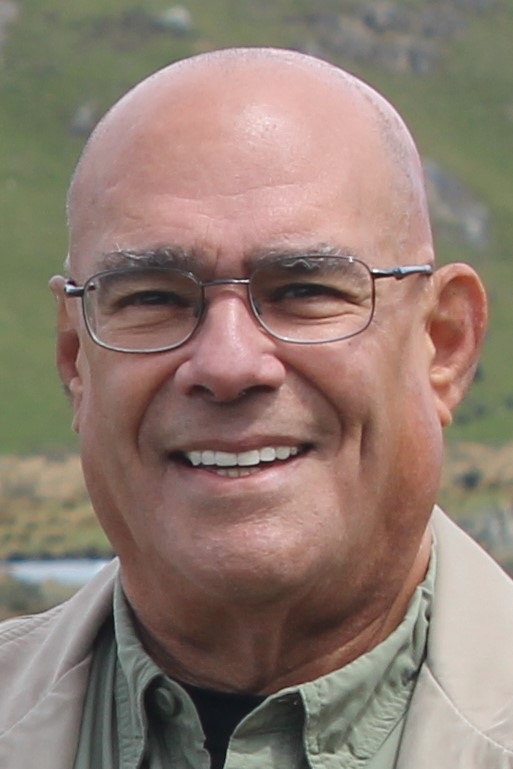Papper to Explore TV Newsroom Social Media Trends in Upcoming Webinar
LAS VEGAS—Television news directors have a love-hate relationship with social media; they love the traffic it brings to their stations’ websites, but they aren’t too wild about the effort and expense of making frequent posts, says Bob Papper, emeritus distinguished professor of journalism at Hofstra University and professor emeritus at Ball State University.

“News directors know they have to do social media. They know why they have to do social media; and they wish they didn’t have to,” says Papper, who will present some of his research findings on social media and TV newsrooms Nov. 21 at 1 p.m. EDT during the “Social Media Platforms—Profit or Problem” TVTechnology webinar sponsored by Avid Technology. (Full disclosure: I am moderating this hour-long webinar.)
The problem with social media centers on how a newsroom does social media without it “eating you alive,” he says. “That’s a valid question because it takes up a lot of time of your station and your staff.”
In a recent article for the RTDNA, “Serious Consolidation in Social Media in TV … and Maybe a New Trend with Twitter,” Papper examined how newsrooms are employing social media and the attitudes of news directors about social media based on findings from the latest RTDNA/Hofstra University survey. Papper will discuss his findings during the Nov. 21 webinar.
TV newsrooms really want to avoid duplicating effort when it comes to social media, digital and on-air content. “In some respects, you are doing the same thing over and over and over again. And that is a killer, especially for a station that is smaller staffed,” he says.
For stations with an adequately sized news staff, social media is “an inconvenience,” but for smaller and medium-sized stations it becomes a “huge problem,” he says.
Staffing is only part of the problem, however. Arguably, the more serious problem stations face with social media is that there is not enough money in it to make the endeavor profitable –at least on its own, he says.
“Facebook makes money in social media. Google makes money in social media. If you throw in Amazon, you have 70% of all the revenue that goes to social media, and stations get essentially nothing,” says Papper.
Regardless, stations know they must do social media, he explains. Social media promotes audience engagement with the station.
While social media on its own might not fill station coffers, broadcasters that know how to use social media to promote engagement can use their posts to drive audience to station websites –a destination broadcasters can monetize, he says.
“For the most part, the majority of audience you get online comes via social media,” says Papper.
Broadcasters, however, should be realistic about their social media expectations, Papper cautions.
While young people are heavy social media users, it’s not too likely that a station will attract large numbers from this age group simply because it posts to Facebook or some other destination. This has more to do with the fact that young people don’t typically read or watch the news, he says.
“The last time young people read and watched local news was in the 1960s and early 1970s,” says Papper. “We could send young people back to news today by reinstituting the draft. But since we probably are not going to do that, the first thing we need to do is be realistic about it.”
Register for the “Social Media Platforms –Profit or Problems” webinar.
Get the TV Tech Newsletter
The professional video industry's #1 source for news, trends and product and tech information. Sign up below.
Phil Kurz is a contributing editor to TV Tech. He has written about TV and video technology for more than 30 years and served as editor of three leading industry magazines. He earned a Bachelor of Journalism and a Master’s Degree in Journalism from the University of Missouri-Columbia School of Journalism.

